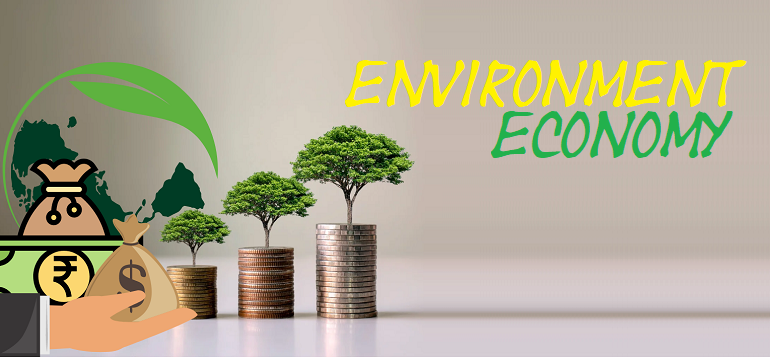It was on a sunny winter afternoon that someone told me, “It’s the Sun’s energy that has been driving the world always, anyway”. Since then, I have struggled when asked to elaborate on the need to go solar. Instead, I have started to think about the irony of this statement.
At the core of it, yes, the world has survived and thrived thanks to the warmth of our favourite star, but operationally, our economies are based on the energy produced by fossils. From power setups to communities and cultures, it is one’s hold on energy and it’s source that has defined the running of the world. Today, as the globe tries to actualize the potential of solar energy, who best than a country with 300 clear and sunny days in a year to lead the way?
“This mix of potential and intent has garnered trust of global investors in India’s rising solar.”
India has a population of 1.3 billion. We are the third largest energy consumers in the world and the third most polluted country. Going with the expected increase in our energy requirements and the needed reduction in carbon emissions, clean energy independence is not just critical but fundamental to India’s survival in the future.
We have everything- from land to the Sun and the people who need solar energy. The calculated solar energy incidence on India’s land area is about 5 quadrillion kilowatt-hours (kWh) per year (or 5 EWh/yr)- enough to power our ever-increasing energy needs. Apart from this potential, a clear intent is reflected in the initiatives taken by India’s government towards creating a domestic solar ecosystem. This mix of potential and intent has garnered trust of global investors in India’s rising solar.
“A lot must go into the R&D and tech advancements of cells and modules.”
Reports suggest an increase of 254% Y-o-Y(2021) in India’s solar sector. In terms of its impact on India’s economy, these investments are bound to power solar energy production and collaterally give a fillip to the job market in the field of solar manufacturing, solar installation, engineering, sales, marketing, and much more. Considering we are talking of creating an entire ecosystem, the ambit of solar’s contribution to India’s economy is expansive. For reference, while we have Production Linked Incentives (PLI) for module manufacturing in place, we will eventually need to also address the need for a support sector involved in the equipment manufacturing of these modules, thus adding numbers to the final economic imprint.
Some might counter solar’s economic benefits with an argument based on the high upfront cost of going solar, and rightly so in the current scheme of things. We are talking about creating an entire value chain from scratch. There is only a limited module manufacturing capacity in the country, and there are tariffs and non-tariff barriers on imports, which add up to the total cost. A significant amount of infrastructure development is required for the same. A lot must go into the R&D and tech advancements of cells and modules. Having said this, the good news is that as part of the sector evolution, the industry is making the right noises, and we will definitely find solutions to existing challenges. We must also factor in the eternal and highly efficient nature of the Sun’s energy that guarantees the return on investments anyway.
“Environmentally, besides lowering greenhouse gases, solar energy also helps save water, unlike coal production, which uses a lot of water.”
There are multiple economic advantages of switching to solar. Having understood the same, commercial and industrial sector in India is displaying an enormous interest in distributing solar energy. With a little more push and a public-private approach, the same interest can be developed towards solar’s mass adoption. Imagine the collective contribution of all the money that can be saved by going solar at a micro level to the economy in the long run, then!
One of the most affordable and abundant of all natural resources, the benefits of going solar cannot be limited in an article. Just an hour of trapping this energy can provide enough electricity to power one’s home’s daily energy needs and reduce carbon emissions. Environmentally, besides lowering greenhouse gases, solar energy also helps save water, unlike coal production, which uses a lot of water. With groundwater depleting, we are already reeling under a water crisis, which is only expected to increase as the years pass. Solar energy neither uses this scarce resource in energy generation nor it contaminates it in any form and manner.
Easier said than done, the scale of this switch is massive when it comes to India. Although, however much daunting, it is worth every effort spent.
AUTHOR

The views expressed here are personal and do not necessarily represent those of the organisation or the publication


